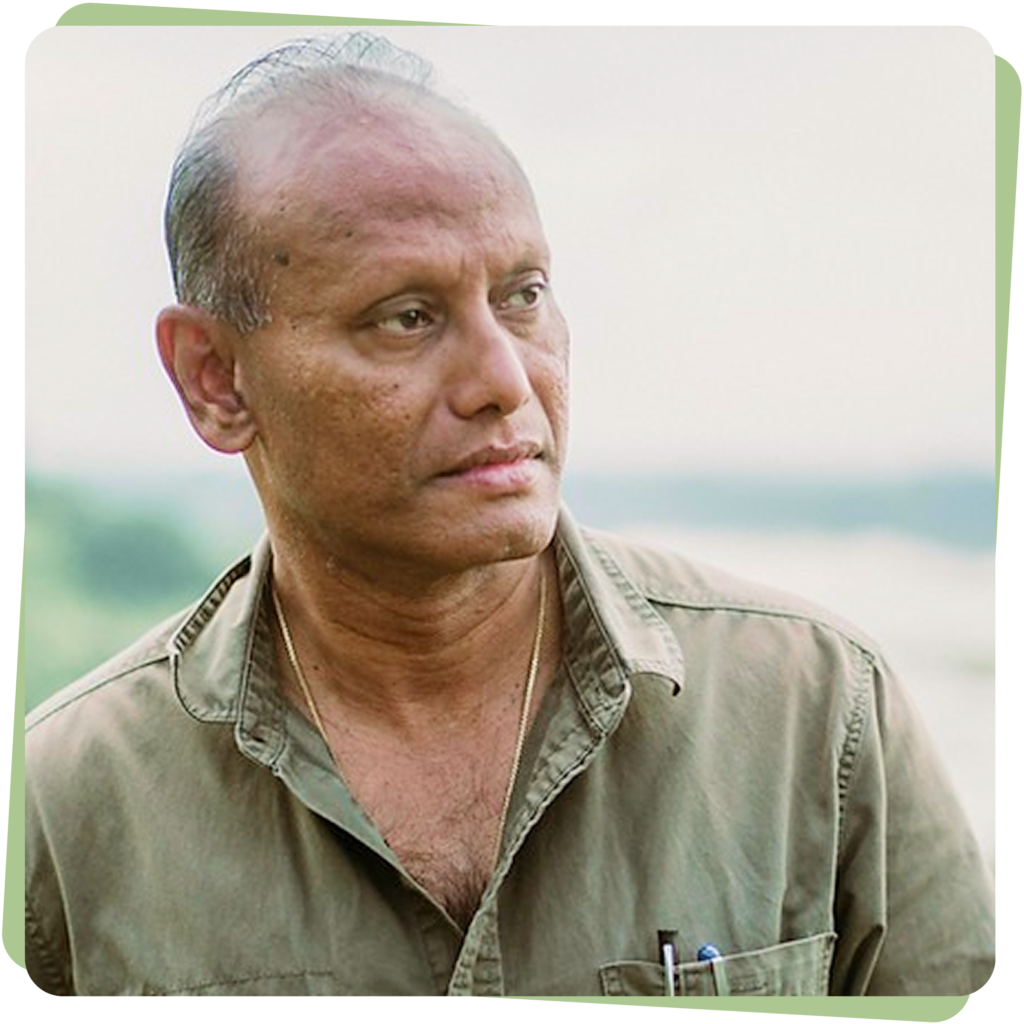For three decades, we have been working to protect Sri Lanka’s most endangered wildlife through community-based conservation projects and scientific research.


Today, the relationship between elephants and people is a paradox. On the one hand, the Asian elephant is a venerated cultural icon as well as a religious symbol. On the other hand, the elephant is both feared and destroyed in the wild and exploited and abused for profit in captivity.

Since 1997, we have been working to empower the local communities and provide them with the tools they need to protect our endangered wildlife.
As rural human populations continue to grow and further encroach into wildlife habitat, the interface between wildlife and people grows increasingly diffused, and in some areas is non-existent. Competition with wild elephants for adequate space for agriculture, forestry and other forms of human development creates deadly situations for both humans and elephants.
For Sri Lankans living in the rural countryside, close encounters with elephants during their day-to-day activities are commonplace. Crop raiding by elephants and the harsh retaliatory measures subsequently taken by people whose livelihoods depend on their farm products feeds a vicious cycle of violence. Each year, about 80 humans and about 250 elephants are killed due to human-elephant conflicts. Our goal is to cultivate novel methods for sustainable conservation that permit the peaceful co-existence of all denizens of Sri Lanka’s rural areas.
Recent analysis of the statistics within the past 5 years showed that the Wasgamuwa region contributes less than 2% to the national statistics on human-elephant conflict, including human deaths, elephant deaths, and number of properties damaged. This is mainly due to the work the Society has been doing for the last 18 years mitigating human-elephant conflict in Wasgamuwa. Find out more about what we’re doing to combat human-elephant conflict, here.
As rural human populations continue to grow and further encroach into wildlife habitat, the interface between wildlife and people grows increasingly diffused, and in some areas is non-existent. Competition with wild elephants for adequate space for agriculture, forestry and other forms of human development creates deadly situations for both humans and elephants.
For Sri Lankans living in the rural countryside, close encounters with elephants during their day-to-day activities are commonplace. Crop raiding by elephants and the harsh retaliatory measures subsequently taken by people whose livelihoods depend on their farm products feeds a vicious cycle of violence. Each year, about 80 humans and about 250 elephants are killed due to human-elephant conflicts. Our goal is to cultivate novel methods for sustainable conservation that permit the peaceful co-existence of all denizens of Sri Lanka’s rural areas.
Recent analysis of the statistics within the past 5 years showed that the Wasgamuwa region contributes less than 2% to the national statistics on human-elephant conflict, including human deaths, elephant deaths, and number of properties damaged. This is mainly due to the work the Society has been doing for the last 18 years mitigating human-elephant conflict in Wasgamuwa. Find out more about what we’re doing to combat human-elephant conflict, here.